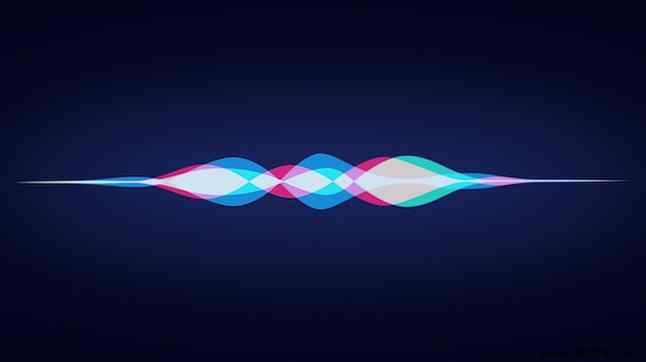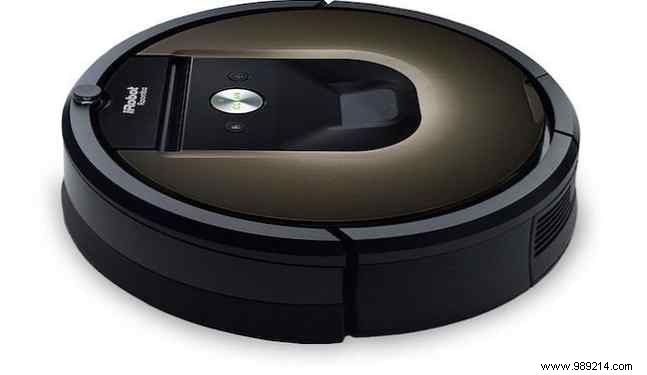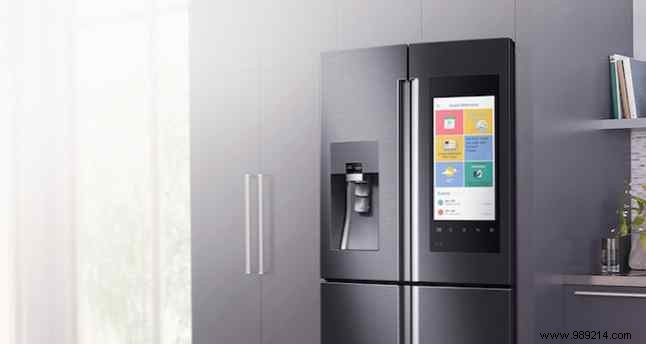The smart home industry in 2016 looks a lot different than it did just five years ago when Nest introduced its first-generation smart thermostat. Without a doubt, the industry will change again in half a decade..
It's time to jump into your time machine. You're about to find out what the biggest trends in the smart home industry could be in 2021 and the products you could be using.
The smart home of the future is expected to include more energy efficient products controlled by localized virtual assistants. Tomorrow's homes will also be safer, which is particularly good for aging populations.
Every tech giant offers a digital voice assistant, from Apple's Siri to Microsoft's Cortana, to Amazon Creative Uses 7 for Amazon Echo and Alexa 7 Creative Uses for Amazon Echo and Alexa. You've seen the ads starring Alec Baldwin, but you haven't yet. Find out what the Amazon Echo does or if you need one in your home. We're about to find out. Read more . Right now, these voice assistants require an active web connection and external data to work. In the future, smartphones, tablets, and wearables will feature local voice assistants. Doing so will save battery life and reduce many of the privacy concerns some have about those services.
Earlier this year, MIT researchers revealed a computer chip optimized for deep learning. Codenamed "Eyeriss," the chip could allow mobile devices to perform tasks such as natural language processing and facial recognition without needing to connect to the Internet.

As Vivienne Sze, the Emanuel E. Landsman Career Development Assistant Professor in MIT's Department of Electrical Engineering and Computer Science explains:
Please note:these smart assistants could be everywhere in our homes, not just on smartphones, TVs, and speakers. Imagine offline localized devices like refrigerators and ovens working together to prepare your dinner, according to a pre-programmed recipe. Or a shower that detects external conditions to select the optimal water temperature.
Digital assistants built into home products, offline or otherwise, are great in theory. However, without a chargeable power supply, these products are useless.

At the University of Washington, researchers have developed technology that allows devices to function and communicate using the power of nearby television, radio, mobile phone, and Wi-Fi signals. This technology, which uses a principle called backscatter, could power battery-free devices in your home, including security cameras, temperature sensors, and smoke alarms.
As Technology Review maintains:
Not all smart products will be battery-free in five years. However, products that stay on the grid will also be smarter, especially when it comes to energy efficiency.
By 2022, Gardner Inc., a global technology research company, estimates that a typical family home in a developed market is likely to contain more than 500 smart devices. Many of these devices already have the ability to measure home energy. What is solar energy and why is it not removed? What is solar energy and why hasn't it been removed? What is the problem with solar energy? If it really is as important and necessary as many claim, why hasn't it taken over the energy industry yet? Read more use. As more smart home products become connected, so will efforts to control energy costs more efficiently.
As John Wilson, global head of Macquarie Energy Leasing explains:
He believes that smart energy metering is in his future.
These meters “will contribute to the use of smart appliances such as air conditioners, lighting, pool cleaners and dishwashers that consumers can program to turn on at times that suit them, even when energy is cheaper. ,” according to Wilson.
People are living longer, more active, and independent lives, which is one of the reasons fitness trackers, smart scales, and products like the Apple HealthKit 6 iPhone apps you'll want to use with the HealthKit iPhone apps 6 You'll Want to Use HealthKit With the myriad of fitness apps and gadgets available, it can be a pain to keep track of health information that's scattered everywhere—unless you use HealthKit. Read More At the same time, health costs continue to rise. To better support an aging population and reduce health care costs, the Internet of Things will increasingly play a critical role in home care.
“There are currently no solutions on the market that integrate the physical, cognitive, social, and nutritional elements of eldercare,” explains Strategy Analytics' Joe Branca. “Also, adding new features to this line would help provide more value to seniors and their families. 5 Notable Websites to Help You Understand Your Health and Fitness 5 Notable Websites to Help You Understand Your Health and Fitness Do you want to understand your body? How does exercise and nutrition affect you? These five quality websites will help you reach your fitness goals with education. Read more.”
Now that you've seen some of the emerging trends in home automation, it's time to turn your attention to future products that could be making a splash in the years to come.
Despite its advances, the smart home experience has not yet been accepted by the majority of consumers. Kevin Foreman, the director of product vision at digital experience company Vectorform, thinks there's a reason for this.
As explained to Wired, Foreman notes:
With this in mind, Vectorform is working on a prototype device called PowerScan that allows people to measure the power consumption of individual appliances by holding an app up to a power cord. Sounds pretty simple, right?
We've been waiting for automated robots ever since Rosie started cleaning The jetsons . Since then, the closest we've come to a consumer-based mass-market robot has been with products like iRobot and Neato.

Rosie may not arrive in 2021. However, with robotic lawnmowers, are robotic lawnmowers safe to use? Are robotic lawnmowers safe? Here, we examine how robotic lawnmowers work and what safety measures keep them safe with the ones they love. We will also take a look at the current lawnmower robots on the market. Read More
Earlier this year, Samsung introduced the Family Hub 7 smart home products you probably should avoid 7 smart home products you probably should avoid Security concerns, compatibility, and high cost of entry continue to hurt the market seeking add adopters. Here are some smart home product categories worth avoiding, at least for now. Read more . The smart refrigerator features a Wi-Fi-enabled touch screen that lets you manage your groceries, connect with your family, and entertain guests.

Priced at $5,500, the Family Center likely won't find many early buyers. However, it represents a starting point. Count on smarter and more reasonably priced automated devices in the future, each far more energy efficient than today's models.
Products like the Kohler Numi already make the trip to the bathroom a more comfortable experience by adding ambient lighting, wireless Bluetooth, and a foot warmer. Future smart toilets could also make us healthier.

In 2015, the Japanese company Toto unveiled the Flowsky toilet, which acts as a device to measure urine flow rates. As any doctor will tell you, a urinalysis can tell you a lot about your health.
Don't Laugh 6 Weirdest Home Automation Gadgets You Won't Believe 6 Weirdest Home Automation Gadgets You Won't Believe It seems almost every business feels the need to join the "Internet of Things," resulting extremely strange devices. Here are six of the weirdest, some of which you won't believe. Read more . A toilet that performs this test at home could quickly become an important wellness component.
You can expect to see a lot of changes in the coming years in the world of smart home technology. Many of these changes will focus on improving energy efficiency in your home. Others will focus on helping us live healthier lives.
What changes do you hope to see in smart home automation?